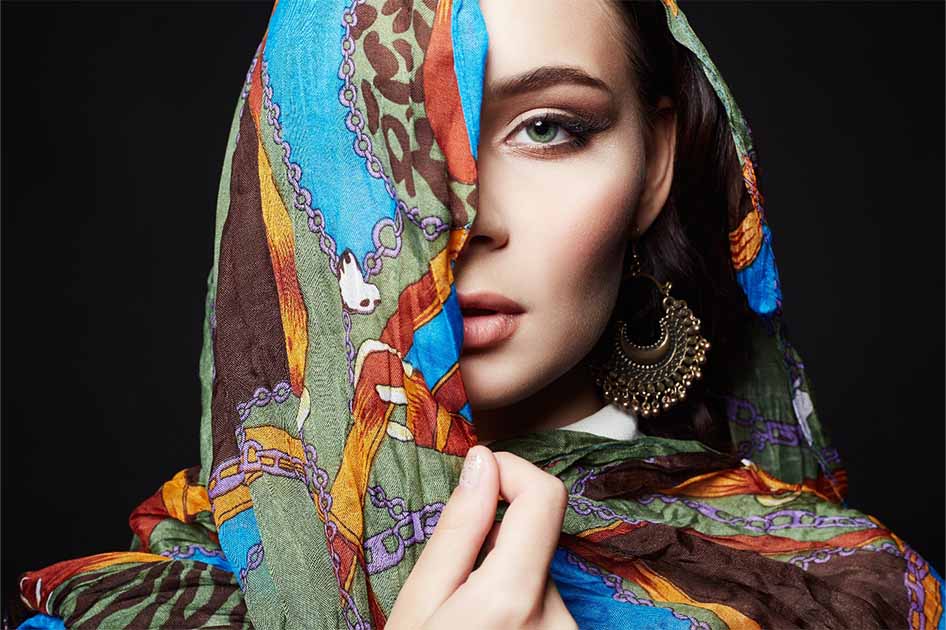
The historical background of women wearing veils
1、 Ancient Origins and Early Civilizations
Class symbols in Mesopotamia
The prototype of the veil can be traced back to the Mesopotamian civilization in 2000 BC. The Code of Hammurabi stipulated that women in slave owning households were required to wear veils to distinguish between noble and commoner status, and men also briefly popularized veils as decoration. At this point, ‘covering one’s face’ is more of a symbol of the privileged class rather than religious or gender rules.
Practical functions of ancient Middle East
In the desert climate of the Arabian Peninsula, the veil was initially a practical tool for adapting to the environment. Women use this clothing to resist sandstorms, scorching sun, and mosquitoes, which is highly related to the local natural conditions and gradually integrated into cultural traditions.
2、 The integration of religion and social structure
Standardization of Islam
After the 7th century AD, the veil was incorporated into Islamic doctrine and became a covering for the female “Awrah”. Although the Quran does not mandate full face covering, later jurists have strengthened the moral constraint function of the veil through interpretation, linking it to women’s “chastity” and family honor.
The invisible shackles of social class
The veil has gradually evolved into a symbol of gender segregation in Middle Eastern society. For example, during the Ottoman Empire, upper class women demonstrated their status through expensive fabrics and intricately embroidered veils, while lower class women wore lighter veils for labor needs, forming an invisible class divide.
3、 The Transformation under the Impact of Colonization and Modernity
The cultural gaze of Western colonizers
In the 19th century, European colonizers regarded the veil as a symbol of “backwardness in the East” and attempted to promote “civilization” through the policy of forcibly removing the veil. This intervention triggered a backlash from local conservative forces and instead strengthened the symbolic significance of the veil as a cultural resistance.
The Multiple Controversies in Modern Society
After the 20th century, the veil became the focus of globalization conflicts. In European countries such as France, headscarf bans are seen as a game between secularization and religious freedom; In the Middle East, there is a phenomenon of “veil fashionability”, where young women express their personalities through color and material choices, balancing traditional and modern identities.
4、 The complexity of symbols
The veil is not only a product of geographical environment, a tool of religious discipline, but also a carrier of power game. Its historical evolution reveals the entanglement of gender, class, and colonial discourse, which remains a controversial symbol of cultural identity and individual freedom to this day.
